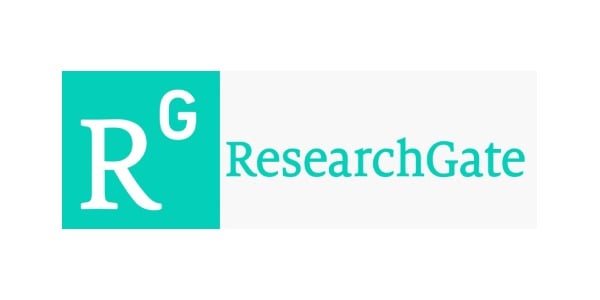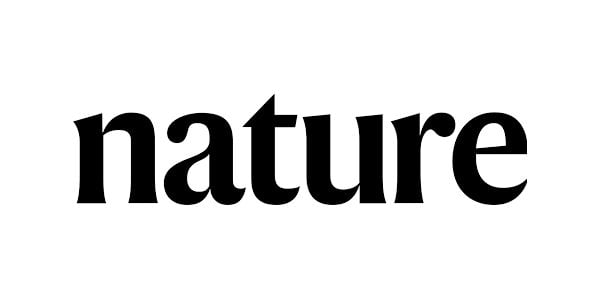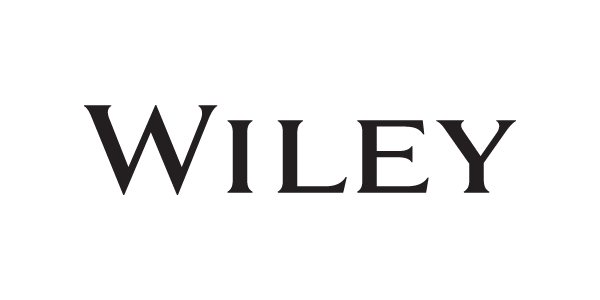1 min read

Far-UVC devices are being commercially sold as “safe for humans” for the inactivation of SARS-CoV-2, without supporting human safety data. We felt there was a need for rapid proof-of-concept human self-exposure, to inform future controlled research and promote informed discussion. A Fitzpatrick Skin Type II individual exposed their inner forearms to large radiant exposures from a filtered far-UVC source. No visible skin changes were observed at 1,000 mJcm-2, whereas skin pigmentation that appeared around 2 hours and resolved within 24 hours occurred with an 8,000 mJcm-2 exposure. These results combined with Monte Carlo Radiative Transfer computer modelling suggest that filtering longer ultraviolet wavelengths is critical for the human skin safety of far-UVC devices.
Latest knowledge from UV Medico
.jpg)
Far-UVC Krypton Chloride Lamps-Safer DNA Exposure Compared to Sunlight

100 Years of data - Far-UVC Impact on Pathogens, Cells, Skin, and Eyes
 Read More
Read More

1 min read
 UV222™
UV222™ UV222 Linear
UV222 Linear UV222 Downlight
UV222 Downlight Vertex 222
Vertex 222.png) UV222 Pendant
UV222 Pendant.png) UV222 Booth
UV222 Booth.png) UV222 Step-On
UV222 Step-On.png) UV222 Cleanroom Downlight
UV222 Cleanroom Downlight UV222 Dual Downlight 60x60
UV222 Dual Downlight 60x60 UV222 Material Airlock
UV222 Material Airlock UV222 Ambulance
UV222 Ambulance UV222 Compact
UV222 Compact UV222 Industrial
UV222 Industrial UV Medico
UV Medico


